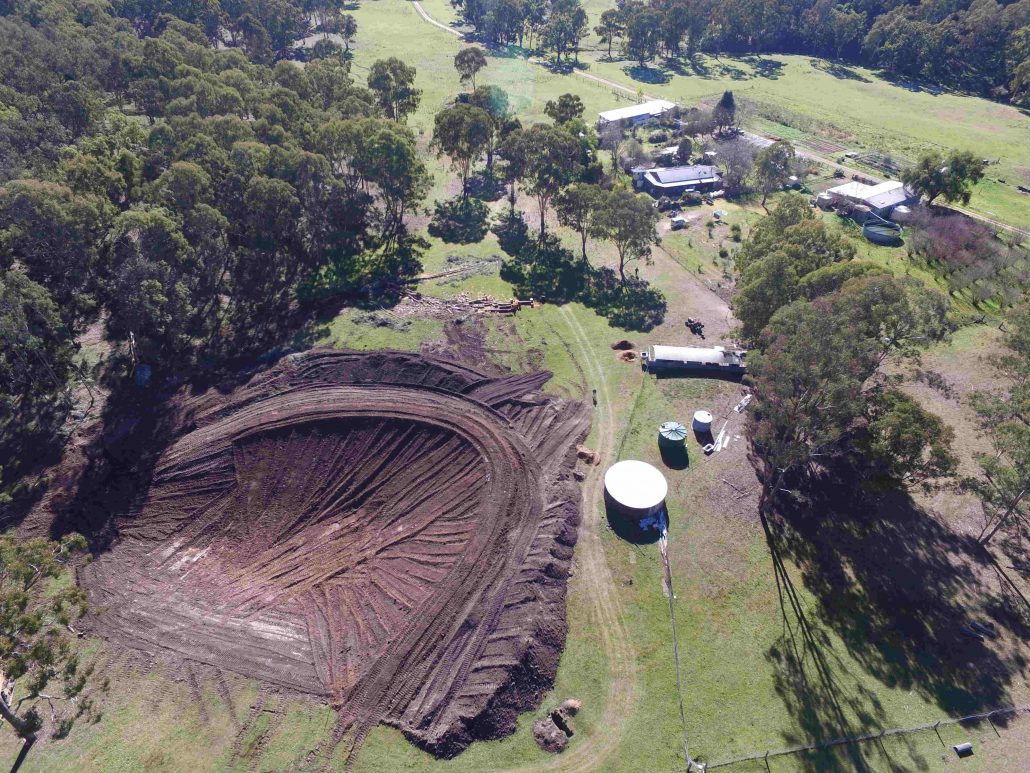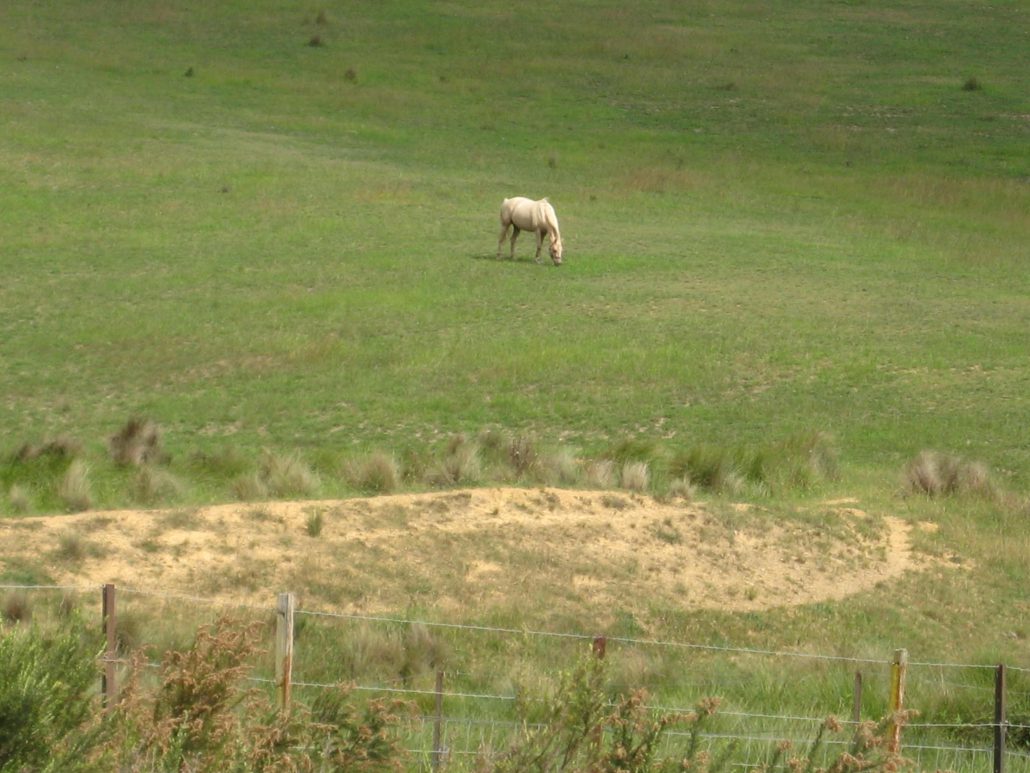Keep an eye out for swarms
The bees have been busy this spring, with a large number of swarms appearing across our district they have also been keeping members of the Mudgee Bee Group busy.
“Mudgee has been the hot spot this spring; the Mudgee Bee Group has collected at least 8 swarms around town, as well as a couple at Gulgong.” said Mudgee Bee Group swarm co-ordinator, Sandi Munro.
“The public have alerted us to several swarms, via our Facebook page and through the Amateur Beekeepers Association swarm collectors list.” she continued.

The Mudgee Bee Group removing a large swarm from a grapefruit tree in Gulgong.
Swarming is the way bees increase their population. Swarms can be spectacular when you see them flying over and settling to rest somewhere. Usually bees are at their calmest when swarming, but not always!
“Swarms are exciting to see, and usually easy to remove, from a branch or letter box, but if they move into your chimney or eaves of the house, they are a lot more difficult to remove, so let us know as soon as you spot them, the sooner the better!” said Ms Munro.
Mudgee Bee Group have a swarm co-ordinator that can assist with information or removal of a swarm, contact Sandi Munro on 0487 898 404.
Spring is when the bees do their most important work; pollinating trees, crops and flowers and, of course, making honey!
To help the bees this spring there are a few things you can do.
Bees use up to 5 litres of water a day per hive during hot weather to quench their thirst, and to keep the hive at a constant temperature for the brood to be healthy. In dry times you can help by putting water out for them. Bees can’t swim, so add some sticks, pebbles or corks to the bird bath to help them get out if they fall in.
Don’t use chemical sprays, especially on blooms. Spraying blooming flowers, trees, shrubs and lawns can kill bees! Even some deemed safe for humans are detrimental to bees. Even ‘safe’ sprays leave a residue that is picked up by bees in both nectar and pollen and can then end up in your honey.
Plant a bee garden – bees need food and most flowering plants give some benefit to bees by way of pollen and nectar. Borage, lavender and rosemary are easy to grow and very popular with bees. Annuals, perennials, trees and shrubs can all be planted to benefit bees.
If you would like to learn more about bees, come along to a Mudgee Bee Group meeting or find us on Facebook (www.facebook.com/Mudgeebeegroup). For more information contact Claudia Wythes, Watershed Landcare Coordinator, on 0412 011 064 or claudiawythes@watershedlandcare.com.au.
The Mudgee Bee Group is supported by Watershed Landcare and the Amateur Beekeepers Association and is a part of the NSW Government’s Local Landcare Coordinators Initiative, supported through the partnership of Local Land Services and Landcare NSW.


